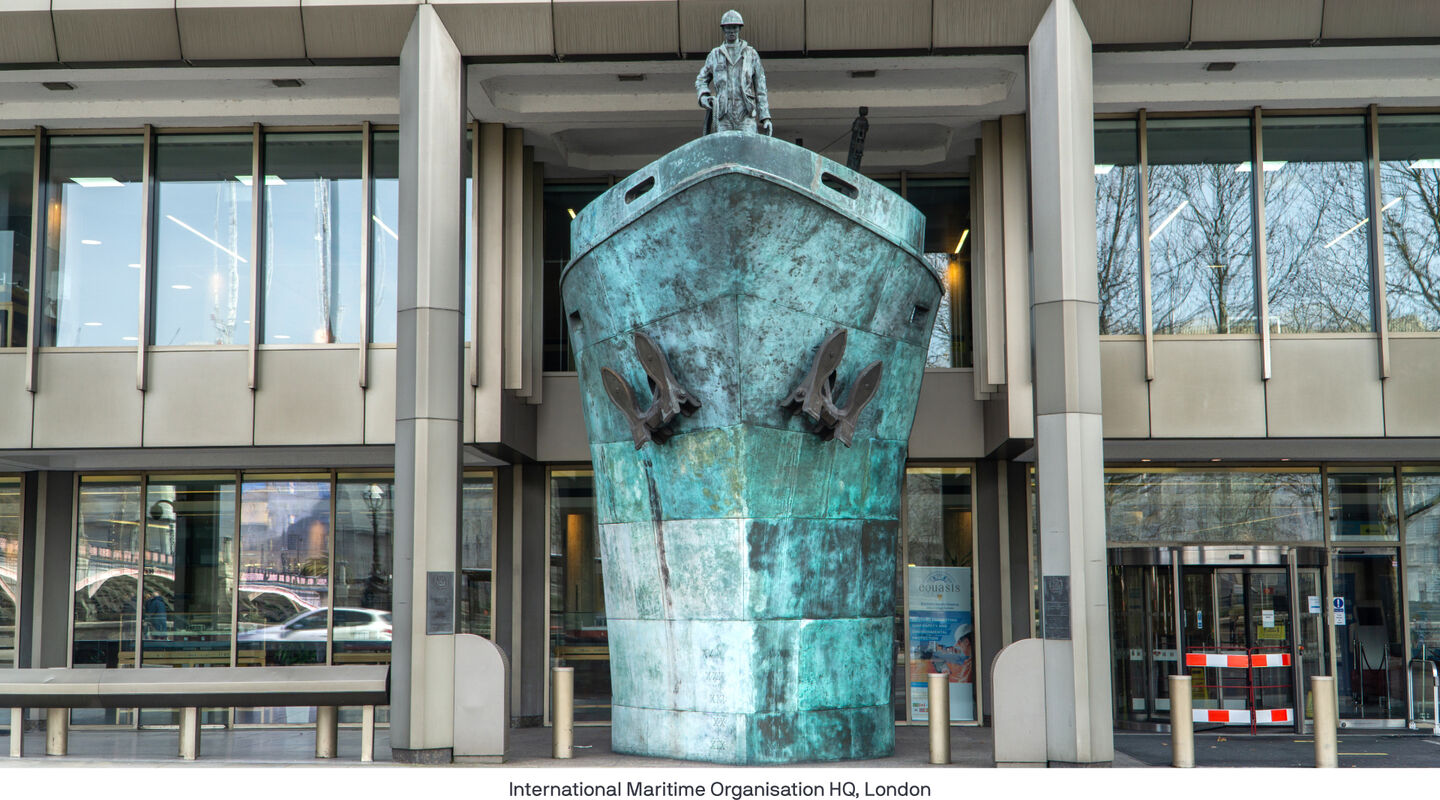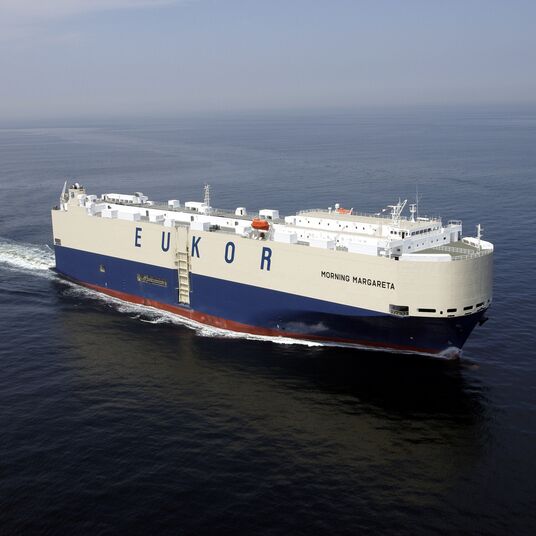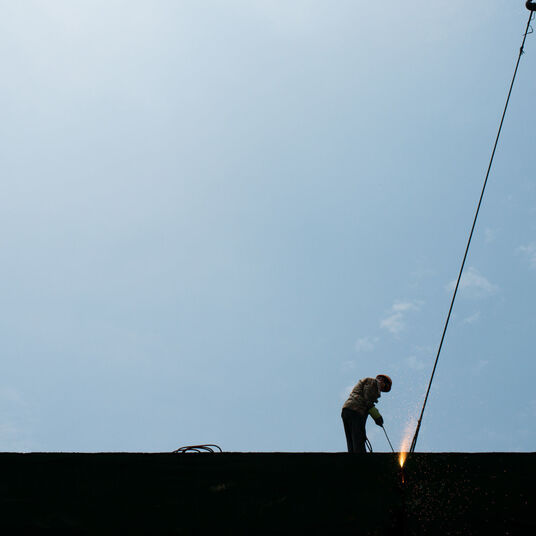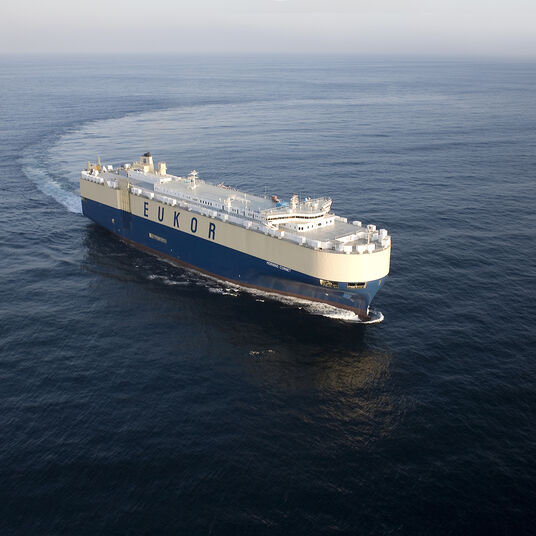What you need to know about new International Maritime Organization regulations: CII
On the 1st of Jan 2023 efforts to reduce the CO2 emissions of the global shipping industry will shift up a gear with the introduction of the Carbon Intensity Indicator (CII) by the International Maritime Organisation (IMO), the global regulator. CII is arguably the most impactful climate regulation in shipping to date, with far-reaching implications for both carriers and shippers.

Ours is the generation that must -and will- deliver on decarbonization. Multiple factors are driving the change, and key among them is regulatory development by the IMO and the European Union (EU). This regulation will be transformative; the status quo will not hold.
The IMO set out its stall in its 2018 ‘Initial Strategy on Reduction of GHG Emissions’ reduction. The strategy includes minimum industry emission reduction targets for 2030 and 2050 as well as an in-exhaustive list of short, medium and long term ‘candidate measures’ that could be developed into binding regulation to ensure the targets are met.
About CII - what it is and how it works
The CII is a short-term candidate measure that intends to address the operational efficiency of individual vessels. It is a challenging regulatory area, not least because operational efficiency is affected by factors, like macro-economic conditions, that are beyond the control of shipping companies.
What does operational efficiency really mean:
Operational efficiency concerns the actual emissions intensity – the emissions per unit cargo work – achieved in real-world operation. It is distinct from design efficiency, which (like WLTP in the automotive segment) focuses on performance under a narrowly defined set of test conditions.
The 'Attained CII' is calculated using the CII formula. In outline, the formula divides CO2 emitted by distance sailed. This differs from a true operational efficiency measure in which emissions would be divided by cargo work done. Rather than looking at actual cargo carried, CII assumes vessels are always loaded to their maximum gross tonnage, a fixed value.
The 'CII Rating' for a vessel is gained by comparing the attained CII against a reference line based on other vessels in the same segment. The rating runs from A to E, where A is the best. Vessels with an E rating, or a D rating for three consecutive years, need to implement a 'Corrective Action Plan' to ensure they achieve at least a C rating the following year.
The CII regulation is progressive meaning that from 2023 to 2026 the required CII is reduced by a further 2% each year relative to the baseline set in 2019. IMO will conduct a full review of the CII by the end of 2025. It would be prudent to expect annual reductions to continue, perhaps at a changed level.
Meeting the CII requirements
As Wallenius Wilhelmsen views it, the measures to influence CII ratings can be categorized under four major headings:
Vessel retrofits: these are equipment installations or mechanical modifications to existing ships that improve technical efficiency. Examples include bulbous bow changes and propeller boss cap installations, both of which can improve water flow around a vessel’s hull.
Vessel and fleet operational optimization: a very broad field of measures, many of which leverage modern data techniques. They include weather routing and hull fouling management. Other notable measures in this category are speed reduction and reduction in the number of ports called.
Alternative fuels: using fuels that have a reduced carbon footprint can improve CII ratings. Many biofuel and synthetic fuel products are in this category, however they come at a high-cost premium relative to conventional fuels and are in limited supply.
Fleet renewal: Wallenius Wilhelmsen newbuilds always feature cutting edge technology, so CII represents more of an added justification for that approach than a change. Note CII is vessel-specific, so a fleet-average approach whereby vessels with good CII ratings would compensate for those with poor ratings does not apply.
When considering the scope for improving operational efficiency through regulation it is important to keep in mind that it is already the basis of competition in the RORO segment. That is one of the reasons why Wallenius Wilhelmsen’s carbon intensity reduced (CO2 per tonne-kilometer) by 1/3 between 2008 and 2019.
CII from a Shipper’s perspective
As any of its stakeholders will know, the shipping industry is no stranger to environmental regulation. What makes CII different is that it brings with it the possibility of changes to ocean freight services, in addition to compliance costs.
Service changes can include longer transit times and fewer ports called. The actual changes that will be made will be highly case-specific and can change over time as CII itself changes. In general, although the impact on services may be mild initially, they should be expected to become more pronounced.
The best advice to shippers is to engage with their carriers early and plan for CII together. As the effects of CII and other forthcoming environmental regulations become more noticeable, it would also be advisable to shift more towards a partnership model with carriers in favour of a short-term transactional approach.
At Wallenius Wilhelmsen we know from experience, like IMO sulphur 2020, that seeking engagement leads to value creation for all parties, therefore we’re pleased to extend an invitation to our customers to let us take you through CII too.


